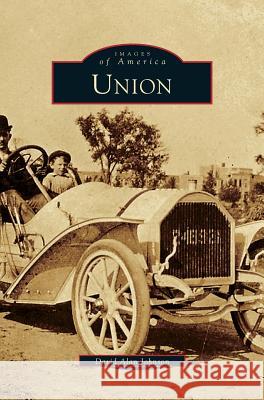Union » książka
Union
ISBN-13: 9781531641160 / Angielski / Twarda / 1995 / 130 str.
Since the development of photography in the
mid-nineteenth century, the camera has been used as a tool of both discovery and preservation. Photographs bring alive our image of the past and can open a floodgate of memories and nostalgia or inspire curiosity and a sense of history. Union began in the early 1700s as a small farming community called Connecticut Farms. After is was burned to the ground by British and Hessian troops during the Revolutionary War, residents rebuilt their homes and renamed their town Union. Life remained essentially unchanged in the small rural town into the 1930s when main roads were still unpaved and cows disrupted traffic on Morris Avenue. Following World War II, however, Union began to expand and grow into the thriving community that it is today. The selection of photographs in this delightful visual history chronicles the many changes that Union has undergone from the 1870s to the 1980s.
Since the development of photography in the
mid-nineteenth century, the camera has been used as a tool of both discovery and preservation. Photographs bring alive our image of the past and can open a floodgate of memories and nostalgia or inspire curiosity and a sense of history. Union began in the early 1700s as a small farming community called Connecticut Farms. After is was burned to the ground by British and Hessian troops during the Revolutionary War, residents rebuilt their homes and renamed their town Union. Life remained essentially unchanged in the small rural town into the 1930s when main roads were still unpaved and cows disrupted traffic on Morris Avenue. Following World War II, however, Union began to expand and grow into the thriving community that it is today. The selection of photographs in this delightful visual history chronicles the many changes that Union has undergone from the 1870s to the 1980s.











